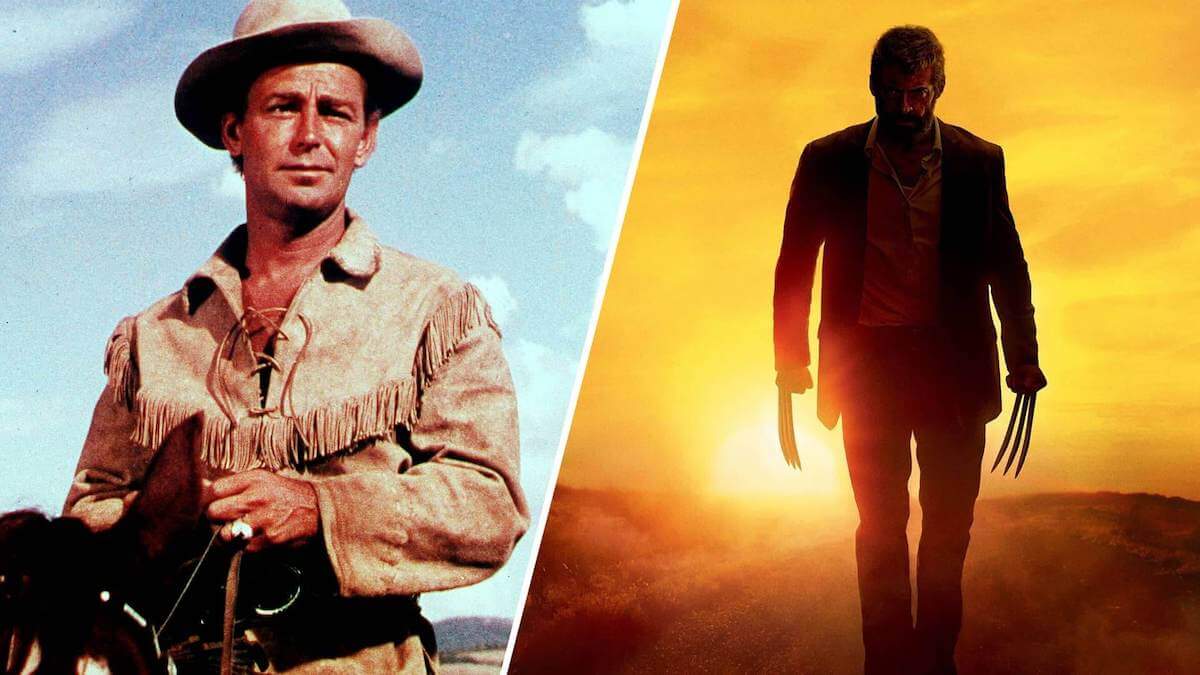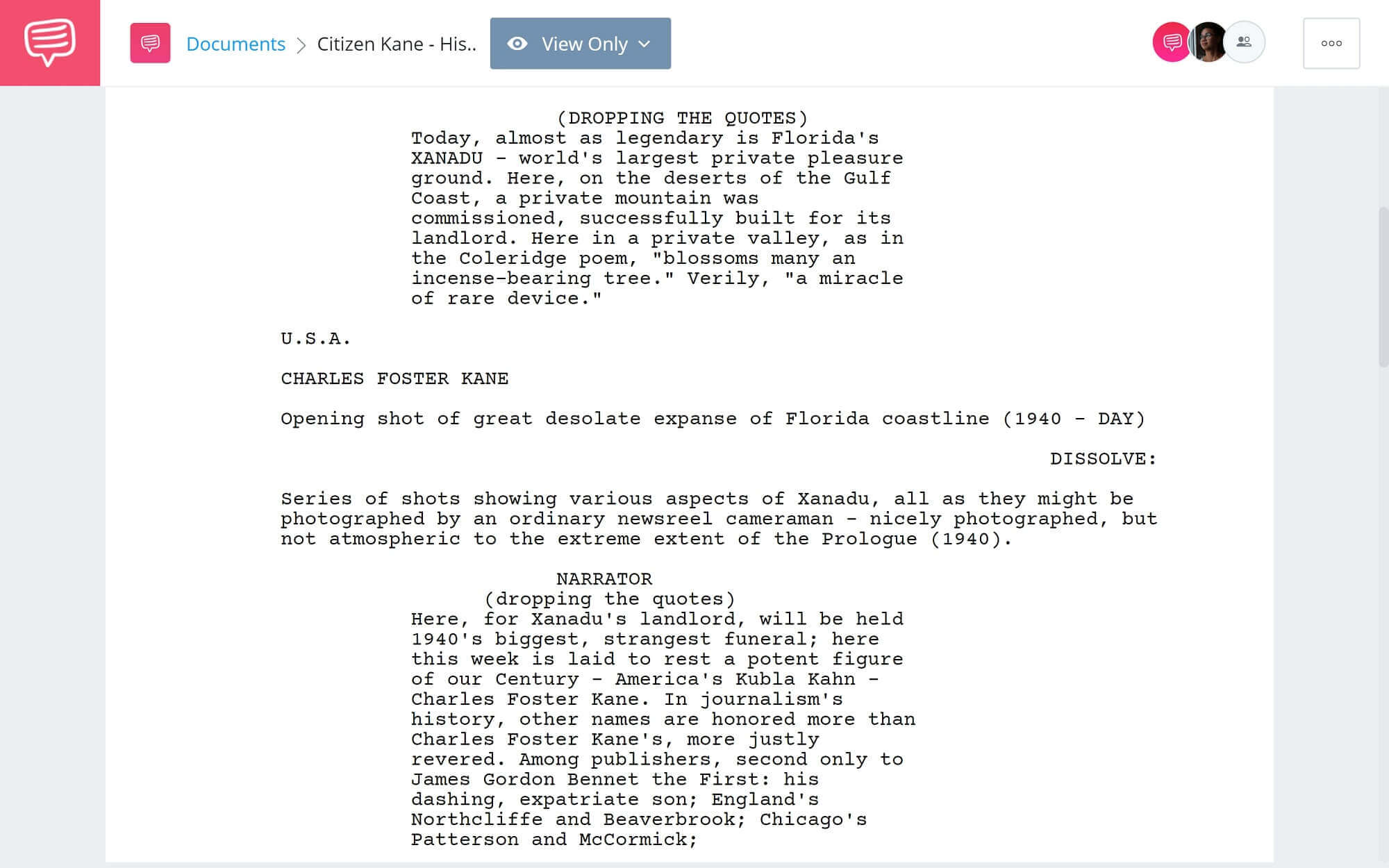People have been using “allusions” for thousands of years – but what is an allusion? Today, we’re going to outline an allusion definition, alongside some examples. By the end, you’ll know the purpose of allusion, as well as how to use it in writing and everyday conversation. Are you ready to open pandora’s box and get to the bottom of allusion? (that’s an allusion)!
Allusive Meaning
What does allusion mean?
There are many literary devices available to writers, including symbolism, metaphor, and paradox. Another equally useful device, allusion, creates connections between the real and the fictional; between the audience and other works of art. But what is an allusion? Let’s formally outline an allusion definition.
ALLUSION DEFINITION
What is an Allusion?
An allusion is an indirect or implied reference to something in the real world or fiction. Allusion is used as a literary device to link texts, yet differs from intertextuality in its brevity and indirectness.
Types of Allusion:
- Historical Allusion - A reference to a historical event or period
- Literary Allusion - A reference to a piece of literature
- Mythological Allusion - A reference to a piece of mythology
- Pop Cultural Allusion - A reference to popular culture
- Biblical Allusion - A reference to the Bible
Allusion Definition Literature and Film
Allusion examples
What does allusion mean? Allusions are used in a variety of ways to invoke association. Before we dive too deep into our tips on writing allusions, let’s break down some allusion examples.
- I felt like Caesar getting stabbed in the back (historical/literary)
- The company was going down like the Titanic (historical)
- She was the Juliet to my Romeo (literary)
- The girl was the artist’s muse (mythological)
- That meeting was a home run (pop cultural)
- This house could be our garden of Eden (biblical)
An allusion is only successful if the reader/audience understands the reference. That’s why it’s imperative to either choose well-known references, or tailor your references to the audience. Certain writers have developed allusory styles. Author Dan Brown for example invokes historical and biblical allusions in a lot of his novels, such as Angels and Demons and The Da Vinci Code.
Related Posts
Allusion Literary Device Explained
Types of allusions
Writers have been using allusions in drama and literature for millenia. William Shakespeare is perhaps the most famous practitioner of allusion, however the technique can be found in stories throughout the ages.
Historical Allusion - A reference to a historical event or period
- “It’s not my fault I got Shanghaied” – from La La Land; Sebastian suggesting he was tricked by a business partner a la the historical practice of naval coercion known by the same name
Literary Allusion - A reference to a piece of literature
- “The Sound and the Fury” – title of William Faulkner’s novel is an allusion to a soliloquy from William Shakespeare’s play Macbeth “it is a tale told by an idiot, full of sound and fury, signifying nothing”
Mythological Allusion - A reference to a piece of mythology
- “So excellent a king, that was to this Hyperion to a satyr” – from Hamlet; Hamlet comparing his father to the Greek mythological Titan Hyperion and his uncle to a satyr
Pop Cultural Allusion - A reference to popular culture
- “It’s mostly about getting the right skins, what you can license, you know? Like Matrix, Matrix kids, forget it, but Star Wars, Marvel, Dark Knights…” – from Ready Player One; Aech alluding to popular intellectual property rights
Biblical Allusion - A reference to the Bible
- “Call me Ishmael” – from Herman Melville’s Moby Dick; Captain Ahab referencing the Biblical character Ishmael
Related Posts
What’s an Allusion Used For?
How to use allusion in writing
Now that we know what an allusion is, let’s look at how to use allusion in writing. We imported the Citizen Kane screenplay into StudioBinder’s screenwriting software to take a look at an iconic example of historical allusion.
Most movies make historical allusions because they are set in the real world. They allude to familiar people, places, things, and events as a way to provide context and a sense of realism. Some movies, however, are more pointed in their historical allusion, alluding to history as a way of commenting on it.
Citizen Kane, for example, chronicles the life of Charles Foster Kane (a fictionalized version of the newspaper magnate William Randolph Hearst) as a way to criticize Hearst’s life and business practices. Early on, the film includes a fake newsreel about Kane that is allusive to many events in the life of Hearst. Allusion examples include Heart’s castle in California; his huge art collection; the San Francisco earthquake and fire; women’s suffrage; and prohibition. There is also a literary allusion to Samuel Colridge.
Historical Allusion Example in the Citizen Kane Screenplay
True to form, most of these allusion examples are not directly explained. The screenwriter assumes that the viewer will be familiar with them. Nowadays, these allusions are likely lost on most viewers – which goes to show that some allusions become difficult to discern as time goes on; what was popular then is certainly not popular now. So always consider the impact of references going out of fashion.
Related Posts
Up Next
What is Symbolism
Now that we’ve looked at an allusion definition and examples, let’s continue our survey of literary devices, and investigate how symbolism – one of the most important devices for conveying story meaning – is used by writers.

